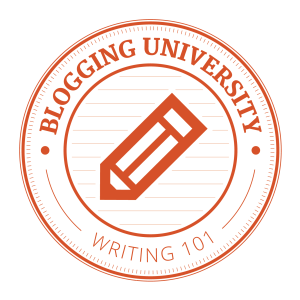In Mary Shelley’s novel Frankenstein, Victor is set on his scientific quest to create new life in part by reading the words of Paraselsus, whose full name was Philip Theophrastus Bombast von Hohenheim (d. 1541). He rebelled against common ideas of medicine of the time such as the belief that the body was controlled by the stars and planets. But he also developed his own radical ideas such as not packing wounds with dried dung but leaving them open to drain. For more information, see Encyclopedia Britannica on Paracelsus.
Paracelsus lectured in German (not Latin) in Basel as a professor at the University. It is little wonder that Frankenstein found a volume of his work in a dusty library, since Frankenstein grew up in Geneva.
I also learned something interesting while reading Jennifer Potters’ book Seven Flowers and How They Shaped Our World. On his travels and in his studies, Paracelsus introduced laudanum to western medicine. Laudanum is a medicine containing opium and other ingredients. Paracelsus wrote a recipe for making a sedative using laudanum and cinnamon, musk amber, and mandrake among other ingredients. Funnily enough, the mixture is baked inside dough as if it were bread and then the resulting compound is crushed for use.
So what is the Frankenstein connection? Last spring, one of the students asked if Victor was using drugs. She showed me the line:
Ever since my recovery from the fever I had been in the custom of taking every night a small quantity of laudanum, for it was by means of this drug only that I was enabled to gain the rest necessary for the preservation of life. Oppressed by the recollection of my various misfortunes, I now swallowed double my usual quantity and soon slept profoundly. But sleep did not afford me respite from thought and misery; my dreams presented a thousand objects that scared me. Towards morning I was possessed by a kind of nightmare; I felt the fiend’s grasp in my neck and could not free myself from it; groans and cries rang in my ears. My father, who was watching over me, perceiving my restlessness, awoke me…
Now when I read the paragraphs about Paracelsus in Potter’s book, I immediately recalled the student’s question. Certainly, laudanum use was quite prevalent in Europe at the time Shelley was writing her novel, but to learn that Paracelsus, Victor’s spiritual mentor and scientific inspiration, was credited with the introduction of laudanum as a drug I found very interesting. Did Mary Shelley know about this? She was uncommonly well read and educated.


